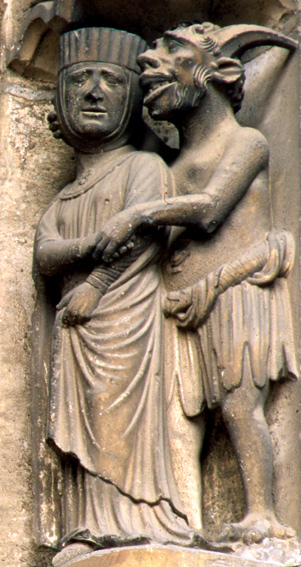Growing Up in Medieval London: The Experience of Childhood in History by Barbara A. Hanawalt. Not recommended.
University of Minnesota history professor Barbara Hanawalt uses an array of primary sources, from court cases and Hustings Wills to contemporary books of advice, to show how typical children grew up in London during the 14th and 15th centuries, from an abbreviated childhood to early marriages and lengthy apprenticeships. Between chapters full of facts taken from her sources, she interjects composite fictions, from a schoolboy’s drowning to a case of marriage-related blackmail.
Hanawalt covers such topics as living conditions, sanitation, family and social networks, apprentice and servant contracts, relationships between apprentices and masters and servants and masters, orphans, wards, marriage, and birth. She also tries to define how an individual moved from one stage of life to another, with an apprentice or servant contract marking the transition from childhood to adolescence and the end of apprentice or a marriage marking the end of adolescence.
Although Hanawalt provides an excellent overview of how young people moved through life and the different expectations of males and females, there is little life in these pages beyond the facts, despite the fictional interjections (one of which turns the mythical “Robin Hood” into an urban blackmailer!). One comes away with a sense of a very ordered society, where citizens’ orphans are under the protection of the city through the mayor and chancellor and the guilds regulate dress, behaviour, and other potential expressions of individuality.
There is little detail, here, however, beyond the bare facts to show how children spent their days, how they felt about their parents and society, and what they aspired to. There is more about the contractual nature of apprenticeship and servanthood than about the day-to-day life of an apprentice, leaving the reader feeling that there are critical pieces missing about what “growing up” meant to the medieval mind. In many cases, Hanawalt will draw broad conclusions about how a particular situation might be treated based on only one or two records, although they may not be representative.
Hanawalt occasionally makes odd or even ludicrous statements or comments. For example, she says, “Ratus ratus, a scientific name with a redundant ring” unnecessarily, as this adds nothing of interest. Not only that, but the scientific name is Rattus rattus, and, although Hanawalt calls it the “common house rat,” it’s more typically known as the black rat. On p. 42, she says, “Growing up in fourteenth- and fifteenth-century London could not have been the same experience as growing up in more modern London.” This statement is so laughably self-evident that one wonders what Hanawalt was thinking to include it. Later, she talks about “pox, sweating sickness, flux . . .” without defining what was meant by those terms. (Is “sweating sickness” a generic term for unspecified fevers, is it a specific fever, or is it something entirely different?) She asserts that “females have a biological advantage in surviving disease” but does not provide the basis for this claim or cite a source for it. (I am curious as to what this advantage is.)
Some of Hanawalt’s examples do not seem related to the point. She says that “a visit to a physician might have been more of a hazard than a help,” then cites a case where “the child was not cured.” Logically, the supporting example should have illustrated how a physician’s treatment actually harmed the patient. She notes that “prostitutes, female servants, and singlewomen were at risk for conceiving illegitimate children.” What is a “singlewoman”? Perhaps this term has a specific medieval meaning, but without a definition, it sounds like she is saying unmarried women were at risk of having illegitimate children. At one point, she notes that “cases of forced prostitution of vulnerable young teenage girls can be multiplied in the record sources, but the repetition of such sad cases become depressing.” Does the reader need to be told this? And, since Hanawalt declares in the introduction that she has “a basic optimism about human nature that comes through,” her viewpoint is admittedly skewed.
Undoubtedly, Hanawalt has done her research and made a contribution to our understanding of the workings of London law and society as they affected children and adolescents (however defined). Unfortunately, for the general reader looking for the Middle Ages to come to life, Growing Up in Medieval London is not the best place to go.
20 March 2004
Copyright © Diane L. Schirf

